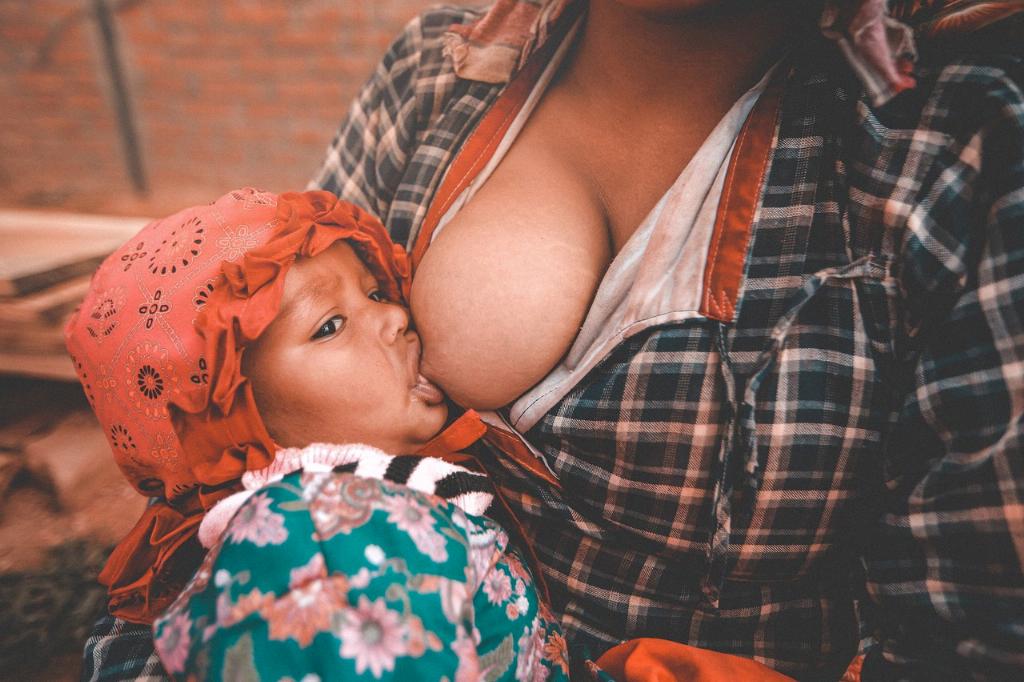After breastfeeding, many women may wonder about the changes in the shape of their nipples. It is common for new mothers to notice differences in the appearance of their nipples, which can lead to concerns about what is considered normal.
Importance of Pain and Baby’s Weight
One crucial factor to consider is whether there is any pain associated with the nipple shape. If there is no pain, and the baby is gaining weight adequately, the specific shape of the nipple may not be a cause for concern. It is essential to focus on the overall well-being of both the mother and the baby.
Understanding Elastic Tissue
Each person’s body is unique, and some individuals may have particularly elastic breast tissue. In such cases, it is normal for the nipple to flatten easily and still be considered within the range of what is considered normal post-breastfeeding.
Embracing Natural Variations
It is crucial to remember that there is a wide range of normal when it comes to the shape and appearance of nipples after breastfeeding. Just as each woman’s breastfeeding journey is unique, so too are the changes that occur in the body during this period.
Consultation with Healthcare Provider
If you have concerns about the shape of your nipples after breastfeeding, it is always advisable to consult with your healthcare provider. They can offer personalized advice and address any specific worries you may have regarding your post-breastfeeding nipple shape.
Normalizing Body Changes
It is essential to recognize and normalize the changes that occur in the body, including the nipples, during and after breastfeeding. The body undergoes significant transformations during this period, and variations in nipple shape are a natural part of this process.
Self-Acceptance and Confidence
Practicing self-acceptance and building confidence in one’s postpartum body can greatly impact how women perceive changes in their nipple shape after breastfeeding. Embracing these changes as a part of the motherhood journey can foster a positive self-image.
Education and Awareness
Increasing education and awareness about post-breastfeeding changes, including nipple shape, can help women feel more informed and empowered. By understanding the range of normal variations, individuals can approach these changes with a sense of knowledge and preparedness.
Support and Community
Seeking support from fellow mothers and being part of a community of individuals who have experienced similar changes can offer comfort and reassurance. Sharing experiences and insights can create a sense of camaraderie and mutual understanding.
Body Positivity and Self-Care
Promoting body positivity and engaging in self-care practices can enhance overall well-being and self-esteem. Taking time to prioritize self-nurturing activities and practices that promote self-love can positively impact how women view their bodies post-breastfeeding.
Celebrating Motherhood
Above all, it is essential to celebrate the journey of motherhood and the incredible capabilities of the female body. Nurturing a child through breastfeeding is a remarkable experience, and the changes that occur, including variations in nipple shape, are a testament to the beauty of this process.
Conclusion
In conclusion, the shape of your nipple after breastfeeding can vary and may not fit a specific mold. Embracing these changes as part of your unique postpartum journey and seeking support when needed can help you navigate this period with confidence and self-assurance.

